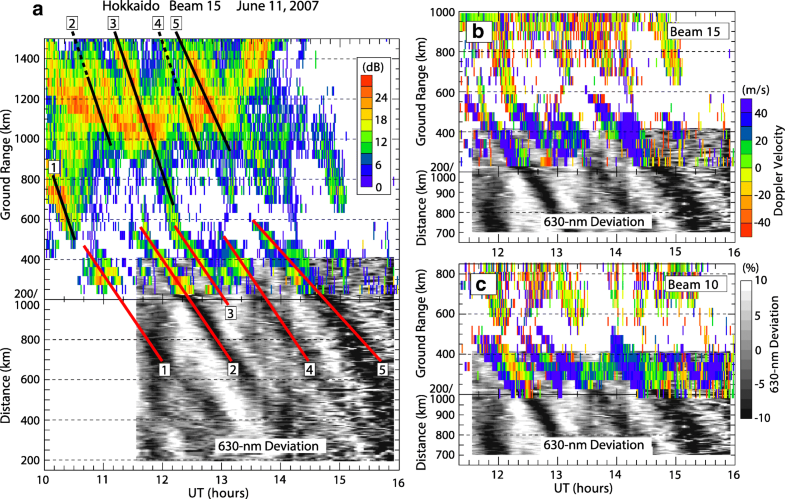
Often media will simply say they cannot afford to cover these stories.īut this should not be an excuse for adopting a herd mentality – where media follow each other to cover a small cluster of the most obvious stories. This completes a vicious circle that is not easily broken.īut there is an important truth in all of this – decision makers pay attention to the media, and independent journalists reporting with care, humanity and professionalism have enormous power to tell stories that create a new path.īut, as this report reveals, mainstream media is currently under pressure with news companies struggling to adapt to a new reality with plummeting revenues and competition from new media. Often, there is a strong correlation between the different factors: access problems can lead to lack of media attention, which again can lead to lack of donor concern, which again leads to even bigger access issues. Other factors include lack of funding, little humanitarian presence and difficult access to the victims of the conflict. One criterion to be on the neglected crises list is a lack of media attention. This minority Muslim community under pressure in Myanmar is also found in neighbouring Bangladesh where hundreds of thousands have sought protection. This year the Rohingyas have topped the list. In the Norwegian Refugee Council we annually publish a list of the world’s 10 most neglected displacement crises. We need a broader lens to see what really is going on. It is not just a lack of humanity on the news agenda or a matter of luck or a matter of caring more about some people at the expense of others.

What about the many other humanitarian crises beyond the media’s radar? every two minutes another South Sudanese child becomes severely malnourished. Only a couple of conflicts receive our attention at any given time, while most dramas get none at all. Humanitarian disasters that deserve our attention often go uncovered because there is no photographer or journalist on the ground to tell the story. Too often not even stories about children dying of starvation are enough to make headlines on the nine o’clock news. Maybe we need a picture of a boy like that in South Sudan,” she said while preparing to go on a new mission to one of the world’s hardest-to-reach areas where dropping food from World Food Programme airplanes is the only way to provide hungry people with something to eat. “In Europe, it was that boy on the beach. But these stories are seldom told.Ī South Sudanese colleague told me it was strange to see how things can change from one day to the other only because of international media attention.

Every two minutes another South Sudanese child becomes severely malnourished. Two years later, the civil war broke out resulting in massive forced displacement and today the country is one of the world’s impoverished places. In 2011, it gained independence from Sudan ending a generation of war. What about the many other humanitarian crises beyond the media’s radar? In war-torn South Sudan, for example. Immediately, media lenses focused sharply on the humanitarian crisis in the Mediterranean and both politicians and ordinary people had to respond.īut this incident only raised another question. It was arguably only with the tragic death of Aylan Kurdi and the publication of pictures of his body on a beach in Turkey that Western public opinion and global media finally woke up. By Jan Egeland – Secretary-general of the Norwegian Refugee Councilįor years, the Norwegian Refugee Council and other humanitarian actors have called out – too often in vain – to the international community, to the media, the decision makers and the public opinion about the sufferings of millions of civilians fleeing war in Syria.Īs the conflict escalated, and the humanitarian disaster with it, creating the biggest refugee crisis in our generation, our appeals for wider media attention, with some notable exceptions, fell on deaf ears with an apparent lack of interest on the part of the vast majority of television and radio companies and major newspapers.


 0 kommentar(er)
0 kommentar(er)
